Top Attractions of Odisha: A Journey Through the Soul of India
Odisha, often called the Soul of India, is one of the country’s most captivating destinations. Situated on the eastern coast along the Bay of Bengal, this enchanting state is a blend of spirituality, heritage, culture, and natural wonders. From ancient temples and Buddhist monuments to wildlife sanctuaries, hill stations, and pristine beaches, Odisha offers travelers a rich palette of experiences.
In this article, let us explore 13 of Odisha’s most iconic attractions—each with its own story, charm, and significance.
Bhubaneswar – The Temple City
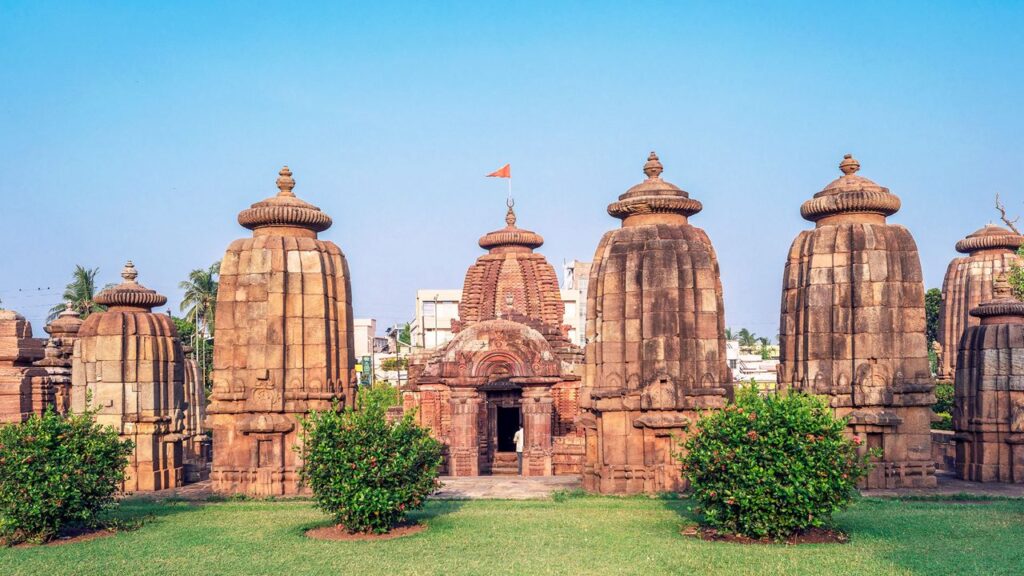
The capital city of Odisha, Bhubaneswar, is famously known as the Temple City of India. With more than 500 ancient temples dotting its landscape, the city is a living museum of Kalinga architecture. Its name itself means “Lord of the World” and it forms the sacred golden triangle of Odisha along with Puri and Konark.
The most famous landmark is the Lingaraj Temple, an 11th-century masterpiece dedicated to Lord Shiva. The temple’s 180-foot spire dominates the skyline, while its intricate carvings and shrines narrate stories from Hindu mythology. Equally fascinating is the Mukteswar Temple, often called the “Gem of Odisha Architecture,” known for its exquisite arched gateway and ornamental designs. The Ananta Vasudeva Temple is unique as one of the few temples in Odisha dedicated to Lord Vishnu.
Beyond temples, Bhubaneswar is a fast-growing urban hub with IT parks, modern malls, and cultural venues. The Odisha State Museum, Ekamra Kshetra Heritage Walk, and local handicraft markets showcase the cultural richness of the region. For travelers, Bhubaneswar offers the perfect mix of heritage and modernity.
Dhauli Hills – The Land of Peace
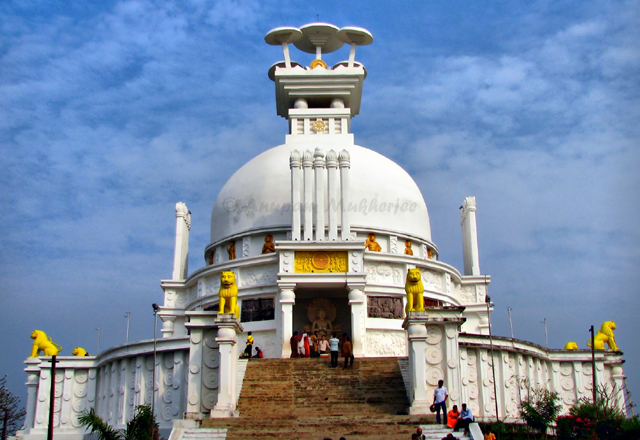
Just 8 kilometers from Bhubaneswar lies Dhauli Hills, a place of great historical importance. This is where the bloody Kalinga War was fought in the 3rd century BCE, changing the course of Indian history. Moved by the immense loss of life, Emperor Ashoka renounced violence and embraced Buddhism, spreading his message of peace and compassion.
The site is marked by the Shanti Stupa (Peace Pagoda), built in collaboration with Japanese Buddhists. The gleaming white structure stands as a beacon of harmony and non-violence. Visitors can also see the Ashokan Rock Edicts, inscriptions carved into stone that convey Ashoka’s message of Dharma and moral conduct.
Besides its historical importance, Dhauli offers breathtaking views of the Daya River and surrounding landscapes. It is especially magical at sunrise and sunset when the stupa glows against the golden skies. For history buffs and spiritual seekers, Dhauli is an unforgettable stop.
Chilika Lake – Asia’s Largest Lagoon
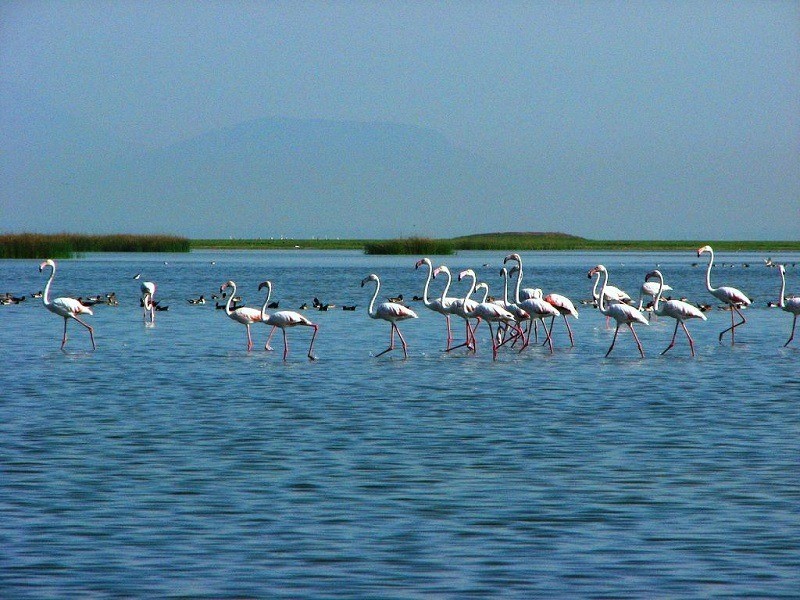
Spanning over 1,100 square kilometers, Chilika Lake is Asia’s largest brackish water lagoon and one of Odisha’s most stunning natural wonders. Recognized as a Ramsar wetland site, the lake is home to unique biodiversity and is a paradise for birdwatchers.
During winter, Chilika transforms into a vibrant hub as over a million migratory birds arrive from distant lands like Siberia, Iran, and Central Asia. Flamingos, pelicans, herons, and egrets paint the sky with their vibrant wings. The Nalabana Bird Sanctuary, located within the lake, is a hotspot for bird enthusiasts.
Another highlight is the rare Irrawaddy dolphins, which can be spotted near Satapada. The lake is also dotted with scenic islands such as Kalijai Island, home to a temple dedicated to Goddess Kalijai, and Honeymoon Island, known for its serenity.
Boating across the shimmering waters of Chilika during sunrise or sunset is an ethereal experience. For nature lovers, Chilika Lake is a must-visit that combines wildlife, spirituality, and sheer beauty.
Puri & Konark – Spirituality and Architecture at its Best
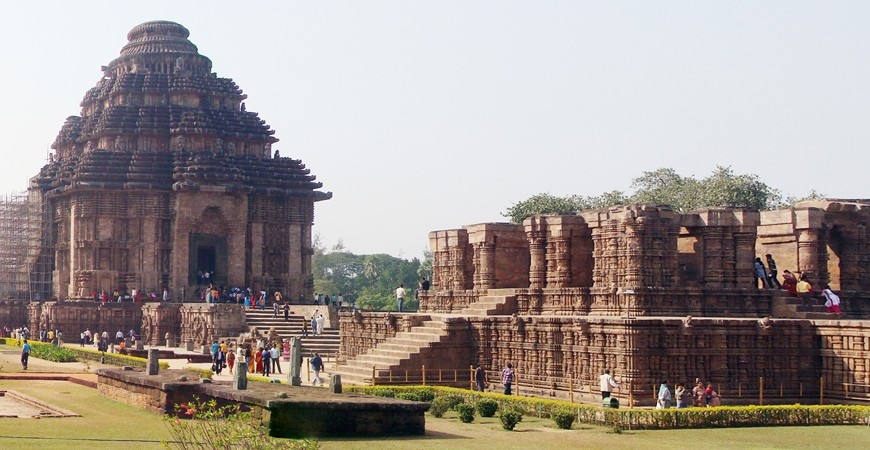
One of the four Char Dham pilgrimage sites, Puri is synonymous with the world-famous Jagannath Temple. Dedicated to Lord Jagannath (a form of Vishnu), it is a vital center of Vaishnavism. The annual Rath Yatra, where the deities Jagannath, Balabhadra, and Subhadra are taken out on massive chariots, draws millions of devotees.
Besides its spiritual appeal, Puri is also loved for its golden Puri Beach, where travelers enjoy serene sunsets, camel rides, and seafood. The bustling Swargadwar Market is a great place to shop for seashell jewelry, handicrafts, and textiles.
Konark
About 35 km from Puri lies Konark, home to the magnificent Sun Temple, a UNESCO World Heritage Site. Built in the 13th century by King Narasimhadeva I, the temple is designed as a colossal chariot of the Sun God, with 24 intricately carved wheels pulled by seven stone horses.
The carvings of the temple are a masterpiece, depicting celestial dancers, musicians, and scenes from daily life. Though partially in ruins, Konark continues to awe visitors with its architectural brilliance. Every December, the Konark Dance Festival brings the temple alive with classical dance performances.
Together, Puri and Konark form the spiritual and cultural heartbeat of Odisha.
Nandankanan Zoological Park
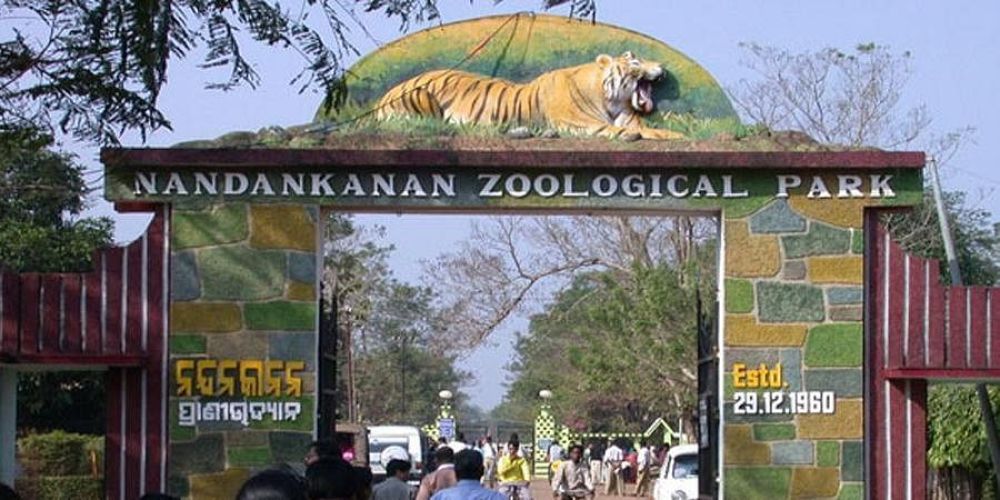
Located near Bhubaneswar, Nandankanan Zoological Park is not just a zoo but a sanctuary built within a forest, giving animals a semi-natural habitat. Spanning over 400 hectares, it is one of India’s most unique wildlife parks.
It is world-famous for being the first zoo to successfully breed white tigers in captivity. Visitors can also enjoy lion safaris and boat rides on the picturesque Kanjia Lake. The adjoining Botanical Garden adds to the charm with a wide collection of rare plants.
For families, wildlife enthusiasts, and children, Nandankanan is a delightful stop where education and entertainment go hand in hand.
Khandagiri & Udayagiri Caves
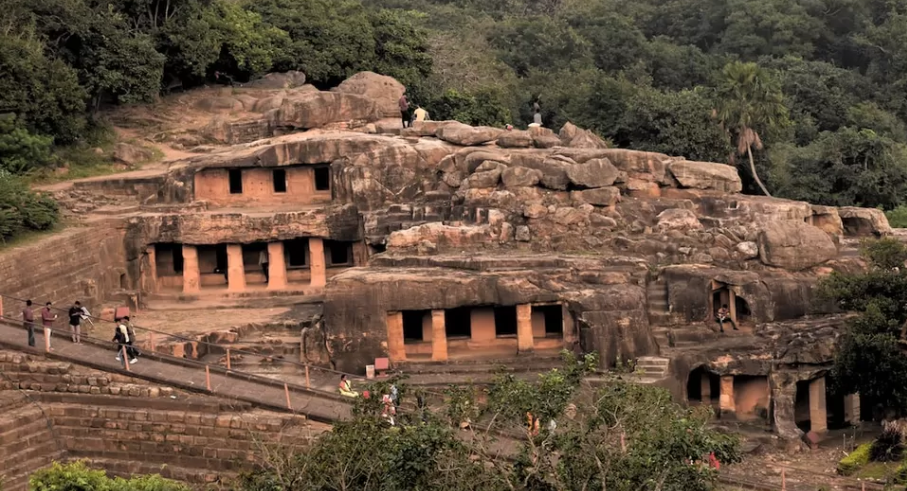
Just outside Bhubaneswar lie the Khandagiri and Udayagiri Caves, dating back to the 2nd century BCE. These rock-cut caves were carved under the patronage of King Kharavela and served as dwellings for Jain monks.
- Udayagiri, meaning “Sunrise Hill,” has 18 caves with beautiful inscriptions and carvings.
- Khandagiri, with 15 caves, offers an equally rich historical experience.
The most famous is the Rani Gumpha (Queen’s Cave) at Udayagiri, featuring elaborate sculptures that narrate royal processions and hunting scenes.
For history lovers, these caves offer a glimpse into Odisha’s ancient Jain heritage and artistry.
Raja Rani Temple
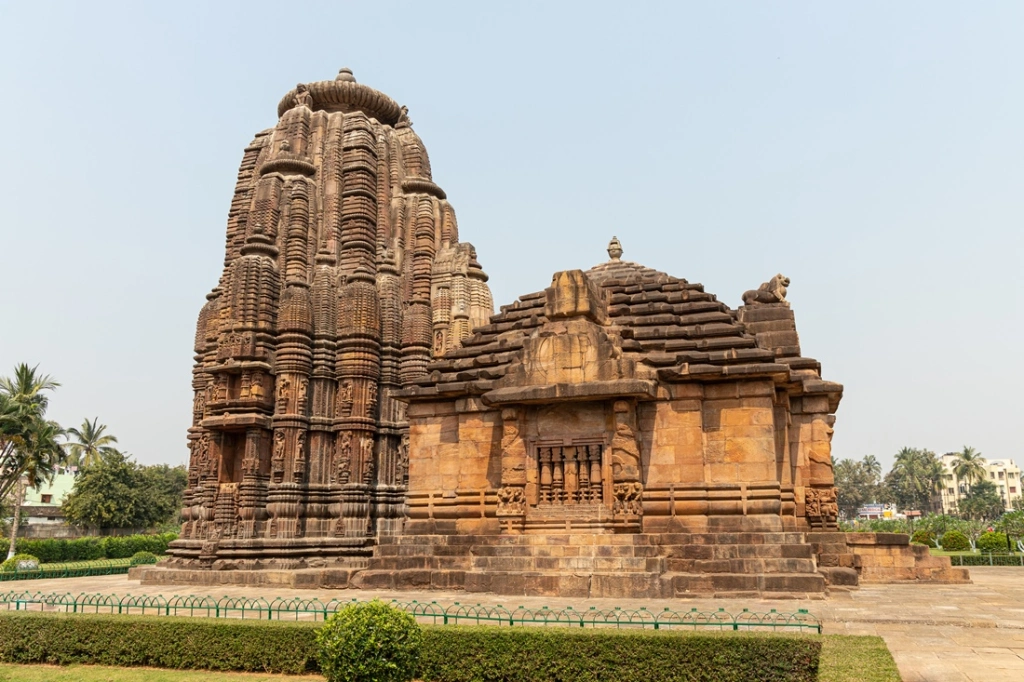
Built in the 11th century, the Raja Rani Temple is a striking example of red sandstone architecture. Though no deity is worshiped here today, the temple is renowned for its sensual carvings, earning it the nickname Khajuraho of Odisha.
Kedar Gouri Temple
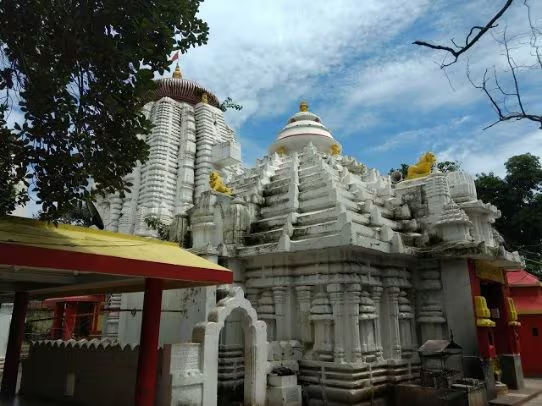
Close to Mukteswar Temple, Kedar Gouri is a twin shrine dedicated to Lord Shiva and Goddess Gouri. Legends say that visiting this temple ensures eternal love and companionship. Its serene surroundings make it a peaceful spot for spiritual reflection.
Cuttack – The Silver City
Known as the Silver City of Odisha, Cuttack is famous for its centuries-old Tarakasi or silver filigree work. This art form involves intricate designs in pure silver, used for jewelry and ornaments.
Cuttack also boasts:
- Barabati Fort, built in the 14th century.
- Netaji Birthplace Museum, dedicated to Netaji Subhash Chandra Bose.
- Dhabaleswar Temple, located on an island in the Mahanadi River.
The city is particularly renowned for its grand Durga Puja celebrations, where silver and gold backdrops decorate the goddess’s pandals. For culture and craft lovers, Cuttack is a must-visit.
Similipal National Park
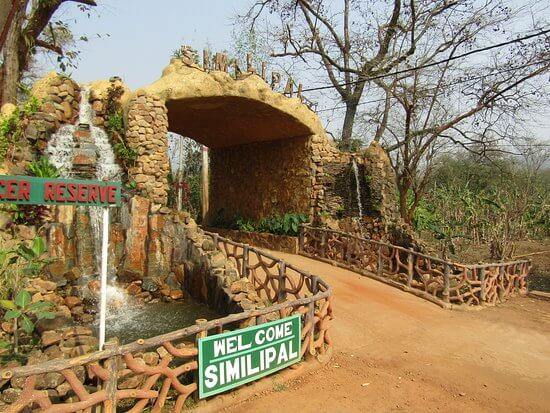
Located in Mayurbhanj district, Similipal National Park is a UNESCO Biosphere Reserve and a paradise for eco-tourists. Spread across 2,750 square kilometers, it is home to diverse wildlife, including Royal Bengal Tigers, elephants, leopards, gaurs, and over 200 bird species.
The park is also famous for its breathtaking waterfalls, particularly Barehipani (the second-highest in India) and Joranda. With dense sal forests, meadows, and rivers, Similipal is perfect for jungle safaris, trekking, and birdwatching.
Kapilash & Jourandha Hills (Dhenkanal)
In Dhenkanal district, Kapilash Temple, dedicated to Lord Shiva, sits atop a hill at an elevation of 2,000 feet. Pilgrims climb over 1,300 steps to reach the shrine, which offers panoramic views of forests and valleys.
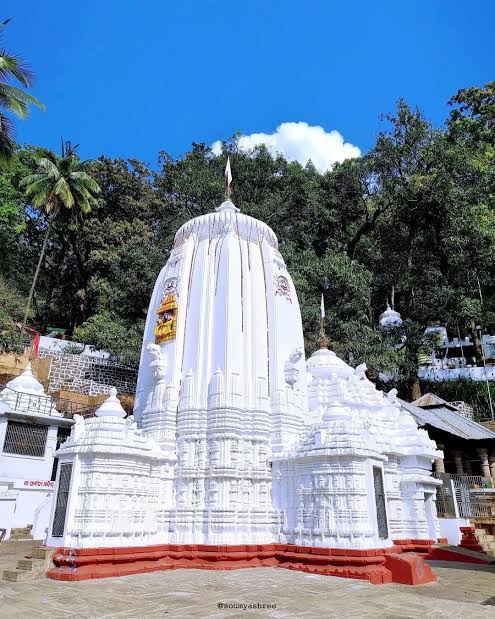
Nearby, the Jourandha Ashram is the center of Mahima Dharma, a spiritual movement emphasizing simplicity and meditation. Surrounded by nature, the hills provide a serene atmosphere ideal for seekers of peace and spirituality.
Sambalpur – The Culture Hub
In western Odisha, Sambalpur is a vibrant cultural hub. The city is famous for its Sambalpuri Sarees, handwoven textiles with unique ikat patterns that are popular worldwide.
Other attractions include:
- Hirakud Dam, one of the world’s longest dams.
- Samaleswari Temple, dedicated to the presiding deity of Sambalpur.
- Festivals like Nuakhai, a harvest celebration filled with traditional music, dance, and food.
Sambalpur represents Odisha’s cultural pride and craftsmanship.
Daringbadi – Kashmir of Odisha
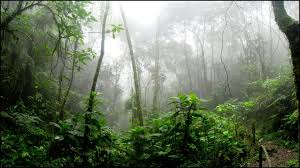
Often called the Kashmir of Odisha, Daringbadi is a hill station in Kandhamal district at an altitude of 3,000 feet. Blessed with pine forests, coffee plantations, and waterfalls, it offers a refreshing climate, especially in winter when frost covers the region.
Daringbadi is ideal for honeymooners, trekkers, and anyone seeking tranquility in nature’s lap. Its untouched charm makes it one of Odisha’s hidden gems.
Gopalpur – A Peaceful Beach
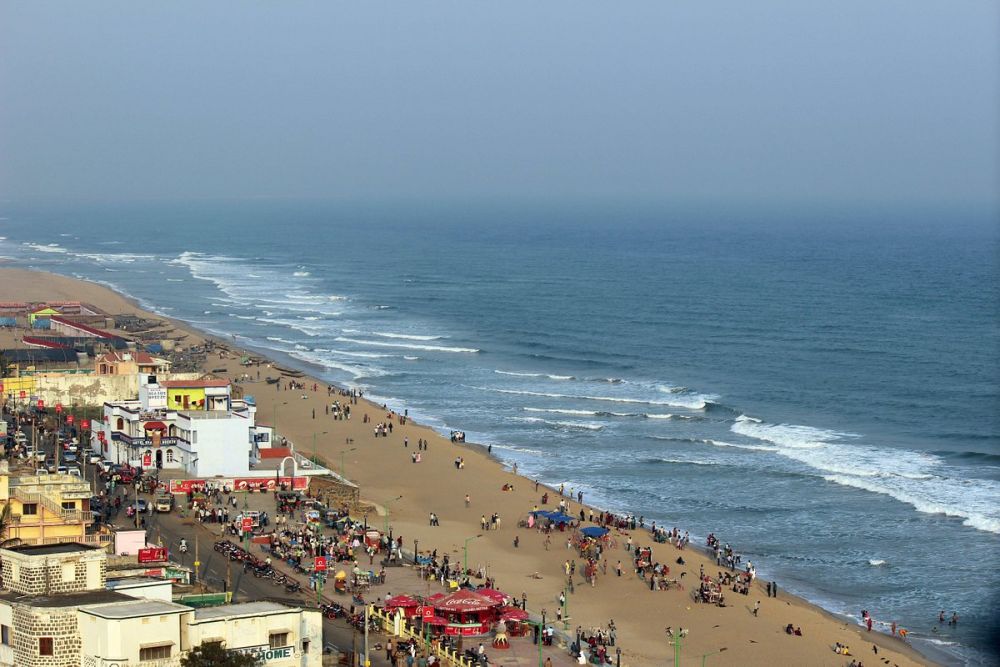
For a laid-back coastal retreat, Gopalpur-on-Sea is a serene beach town on the Bay of Bengal. Once a bustling trade port during British rule, today it is known for its clean sandy beaches and peaceful vibe.
Travelers can enjoy sunbathing, swimming, and seafood delicacies while staying at cozy seaside resorts. The lighthouse offers panoramic views of the coastline, and nearby Berhampur town adds cultural flavor.
Compared to the busy Puri Beach, Gopalpur is perfect for those who prefer solitude and serenity.
Hirakud Dam
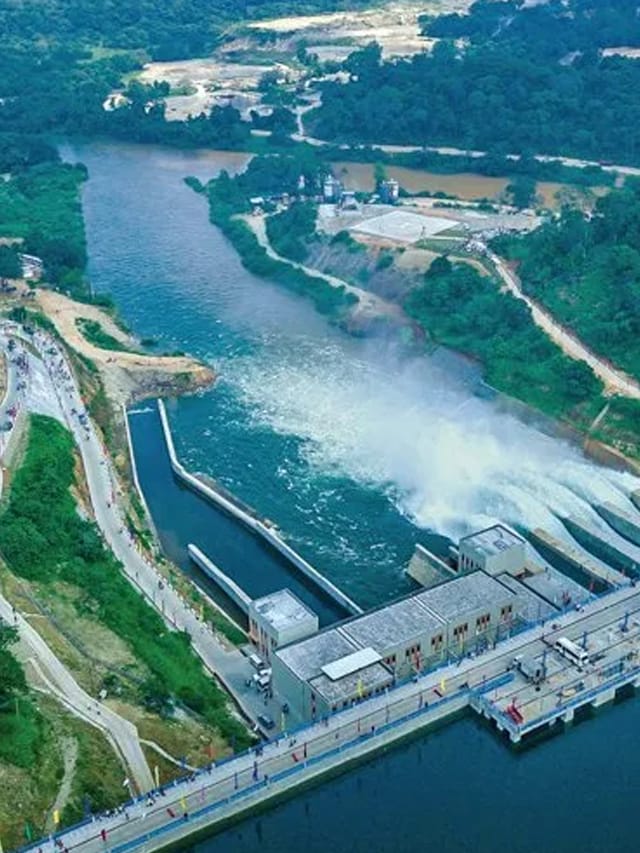
Hirakud Dam is located near Sambalpur in the state of Odisha, India. It is built across the Mahanadi River, one of the major rivers in eastern India.
History and Construction:
- The idea of the dam was first proposed in the early 20th century to control the devastating floods of the Mahanadi River.
- Construction began in 1948, soon after India’s independence, under the guidance of engineer Dr. Kanwar Sain.
- The dam was completed in 1957, making it one of the first major multipurpose river valley projects in post-independent India.
Structure and Specifications:
- Type: Composite dam (combination of earth, concrete and masonry)
- Length: Approximately 25.8 km (16 miles) including the main dam and dykes, making it one of the longest dams in the world.
- Height: Around 60.96 meters (200 feet) from the foundation
- Reservoir Name: Hirakud Reservoir
- Reservoir Area: About 746 sq km (the largest artificial lake in Asia at the time of completion)
- Storage Capacity: Around 8.1 billion cubic meters
Purpose and Benefits:
- Flood Control:
- The dam significantly reduces the risk of flooding in the Mahanadi delta region, which was highly flood-prone before the dam’s construction.
- Irrigation:
- Provides irrigation to around 1.5 million hectares of agricultural land in Odisha and Chhattisgarh.
- Hydroelectric Power Generation:
- The dam houses several hydroelectric power stations with a combined installed capacity of over 347 MW, supplying electricity to nearby regions.
- Water Supply:
- Supplies water for domestic and industrial use in the region.
- Tourism and Recreation:
- Hirakud Dam is a popular tourist destination. Attractions include:
- Minar Towers (Gandhi Minar and Nehru Minar) offering panoramic views
- Boating and birdwatching, especially during winter
- Debrigarh Wildlife Sanctuary nearby
- Hirakud Dam is a popular tourist destination. Attractions include:
Environmental and Social Impact:
- Displacement: The dam led to the displacement of thousands of people and submergence of over 360 villages.
- Ecological Changes: Altered the river’s natural flow and affected local ecosystems, especially downstream.
- Conservation efforts are ongoing to balance ecological and human needs.
